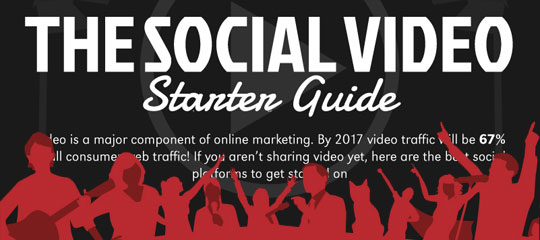Though memes come and go, and social media sites occasionally turn out to be more like MySpace and less like Facebook, one constant truth about the internet is that people love watching videos online. Social media makes this activity even better, because it’s easy to share a video with friends and ask them to watch it as well.
While quality content has always been an essential part of any marketing strategy, it doesn’t just need to include text. In fact, it should involve much more than that. Everyone learns in different ways, and in the case of content marketing, a brand should be sharing content wherever their consumers are; and today
“Every brand should have at least some form of video to share, whether that’s through YouTube, Instagram, or another social video platform.”
The process is very organic, and tends to lead to recognition for the funniest, most interesting videos. Naturally, every business wants to tap into the marketing capabilities of that kind of sharing and buzz, so social video is an attractive – and lucrative-prospect for global corporations as well as plucky startups with a fresh, new idea.
As it turns out,
“The expectations users have about their video viewing habits has a lot to do with the sites they frequent.”
Aside from obvious time limitations from sites like Instagram and Vine, viewers turn to Vimeo more frequently than YouTube for long-form content, and any kind of interaction or live presentation is best handled through the Google Hangouts platform.
(See related post: Using Google Hangouts To Promote Your Business.)
To learn more about these differences and more, check out the Social Video Starter Guide below. Please feel free to share the Infographic by clicking the Pinterest share button in the top left hand corner.
[Infographic by Smart Toll Free Number]


Comments are closed.